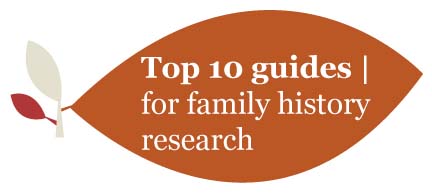
The State Library's Family History Collection is located in the Spence Wing on Level 1. Assistance is available at the main Information Desk.
For lengthy enquiries, you may submit a query via our Ask Us Service and we can conduct an hour of research on your behalf.

(Gurney Meyer, 1894 aged 2 years. Lovelock album, B 72502/25)
The links below take you to our most popular family history guides:
1. Before you begin, check to see if your family history has already been researched. Ask family members, check the State Library catalogue, local genealogy or history groups such as Genealogy SA and the Pioneers Association of SA or try an Internet search.
2. The best way to begin family history research is to work backwards from yourself.
3. Write down all known details about yourself, parents, grandparents, and any other ancestors you know about.
4. Ask relatives, especially elderly family members, about what they know, and whether they have any records or photographs. Use family stories as a starting point but remember sometimes these have become altered over time.
5. Record information as you collect it in a logical way on a family tree chart. These are freely available on various websites. (See 'Forms and Charts').
6. Note the sources for your information carefully. This will save time later if you need to check anything.
7. Always keep a second copy (back-up) copy of your electronic records.

(Jane Tolmer with children Elizabeth,James, Nell, Belle (front), Richard and Bert, c. 1886. B 17666)

The State Library has created a 'Genealogy Chart' and a 'Drop Line Chart' to assist customers researching family history:
There are other free family tree charts, pedigree charts, and research logs to keep your research organised:
(A young family c. 1900. Moore family album B 70245/7)

(Unknown soldier and family c. 1916. Chamberlain Collection B 46130/185)
Always label and date photographs. Your descendants will thank you for it.